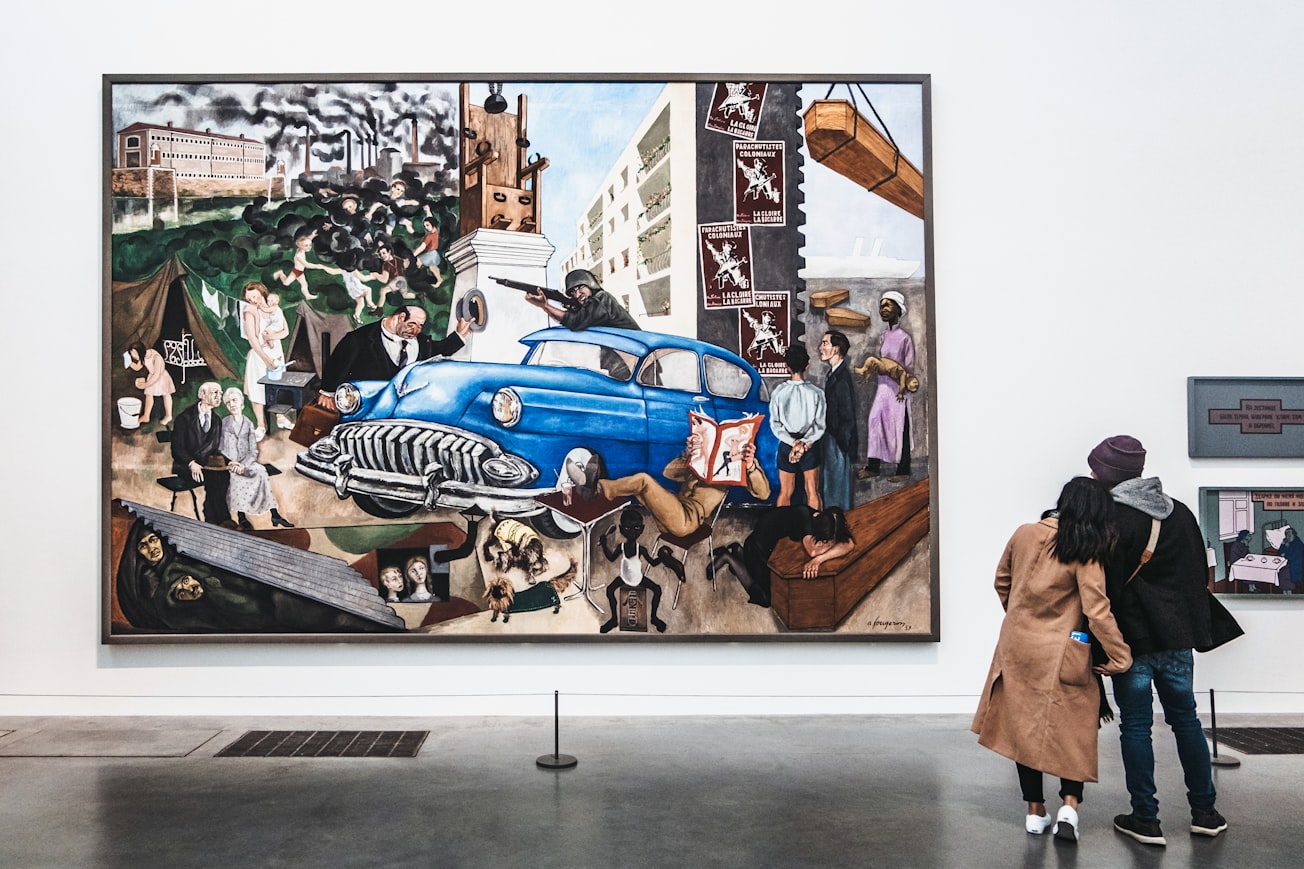What is it about?
It is yet unclear what makes images memorable in daily life. Here across experiments we found that when people naively view images and are unaware of any memory task would follow (similar to daily behavior), larger images are better remembered (about 1.5 times more than smaller images). This was so robust with even large blurry images being remembered better than sharp smaller ones, both containing the same amount of information.
Featured Image

Photo by Maria Teneva on Unsplash
Why is it important?
In daily life we spontaneously view many images and each of us views them and processes them differently, without being instructed how to do so. But in visual memory research people are usually instructed on how to view the images, often also to make judgments about them. In our research we estimated for the first time visual memory under non instructed conditions and found that image size (the size that falls on the retina) strongly influences visual memory. Nowadays people constantly use electronic devices, some with smaller some with larger screens (e.g. mobile phone vs. laptop) and our study shows that the device's screen size may influence the way that information is processed and remembered.
Perspectives
This article being published is very exciting for me and my students as it opens up a whole new area of investigations about naturalistic visual memory that we and hopefully others will be working on.
Sharon Gilaie-Dotan
Bar Ilan University
Read the Original
This page is a summary of: Larger images are better remembered during naturalistic encoding, Proceedings of the National Academy of Sciences, January 2022, Proceedings of the National Academy of Sciences,
DOI: 10.1073/pnas.2119614119.
You can read the full text:
Contributors
The following have contributed to this page







